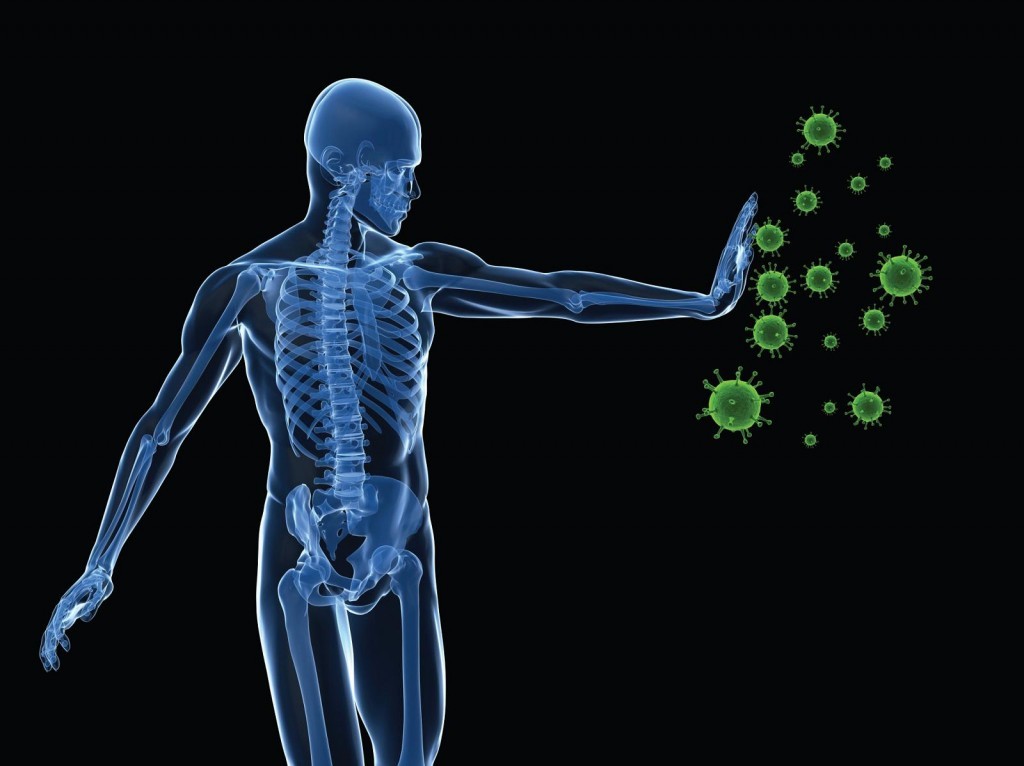Abstract
The physiological functions of mast cells remain largely an enigma. In the context of barrier damage, mast cells are integrated in type 2 immunity and, together with immunoglobulin E (IgE), promote allergic diseases. Allergic symptoms may, however, facilitate expulsion of allergens, toxins and parasites and trigger future antigen avoidance1,2,3. Here, we show that antigen-specific avoidance behaviour in inbred mice4,5 is critically dependent on mast cells; hence, we identify the immunological sensor cell linking antigen recognition to avoidance behaviour. Avoidance prevented antigen-driven adaptive, innate and mucosal immune activation and inflammation in the stomach and small intestine. Avoidance was IgE dependent, promoted by Th2 cytokines in the immunization phase and by IgE in the execution phase. Mucosal mast cells lining the stomach and small intestine rapidly sensed antigen ingestion. We interrogated potential signalling routes between mast cells and the brain using mutant mice, pharmacological inhibition, neural activity recordings and vagotomy. Inhibition of leukotriene synthesis impaired avoidance, but overall no single pathway interruption completely abrogated avoidance, indicating complex regulation. Collectively, the stage for antigen avoidance is set when adaptive immunity equips mast cells with IgE as a telltale of past immune responses. On subsequent antigen ingestion, mast cells signal termination of antigen intake. Prevention of immunopathology-causing, continuous and futile responses against per se innocuous antigens or of repeated ingestion of toxins through mast-cell-mediated antigen-avoidance behaviour may be an important arm of immunity.
Main
Mast cells are haematopoietic cells residing in barrier tissues exposed to internal and external environments6. Mast cells are best known for their roles in immunoglobulin E (IgE)-mediated allergies, which affect up to 40% of the world’s population7. Type 2 immune responses are mounted in the context of barrier disruption and entry of infectious agents, including parasites, or tissue-damaging or innocuous protein antigens, collectively termed allergens or toxins. Type 2 immune responses, notably involving interleukin (IL)-4, drive immunoglobulin class switch recombination to antigen-specific IgE, which is bound to the mast-cell-expressed high-affinity IgE receptor (FcεRI). On reexposure to the antigen, mast cells release mediators, including proteases, histamine, serotonin and leukotrienes, which can contribute to allergic pathology. The role of mast cells in IgE-mediated allergies is often viewed as a consequence of an overreactive response using immune pathways originally directed against parasites8. In contrast to this view, Margie Profet1 proposed the hypothesis that acute allergic reactions, for instance, sneezing, coughing, vomiting and diarrhoea, may serve to rapidly expel toxins and allergens. Moreover, these symptoms would help with recognition of the source, enabling future allergen and toxin avoidance1. Although evidence for antigen-avoidance behaviour has been reported4,5, and this concept1 has been broadened2,3, no ‘immunology of avoidance’ has entered the field. Moreover, the cellular and molecular underpinnings, notably the role of mast cells, in this behavioural adaptation are poorly understood.
Here, we show that mast cells and IgE are key in promoting protein-avoidance behaviour. Mucosal mast cells lining the stomach and small intestine rapidly respond to ingested antigens. Mice harbouring mast cells but not mast-cell-deficient mice subsequently avoid antigen uptake when given a free choice of water with or without antigen under unperturbed behavioural conditions. Our findings indicate an important protective role for mast cells to signal avoidance behaviour, which, when heeded, prevents or reduces inflammation driven by repeated confrontations between the immune system and innocuous substances. The marked conservation of mast cells in animal evolution, even before the advent of IgE, indicates that immunity of avoidance may be a fundamental mode of immune defence.
Mast cells are essential for antigen-avoidance behaviour
We adapted the drink avoidance test from Cara et al.4 and made use of genetically mast-cell-deficient mice9. We induced a systemic immune response to a model protein antigen, ovalbumin (OVA), by immunizing wild-type BALB/c Cpa3+/+ and mast-cell-deficient BALB/c Cpa3Cre/+ mice9 by intraperitoneal injection on days 0 and 14 with OVA in complex with aluminium hydroxide (alum) as an adjuvant (OVA-alum) (Fig. 1a). In BALB/c mice, which are T helper type 2 prone, this induces robust OVA-specific IgE antibody responses (Fig. 1f). Control animals received alum only. Beginning on day 20, mice were subjected to the avoidance test, which is based on the preference of mice for egg white water (8% sucrose plus 20% egg white as OVA source in water) over plain water…







